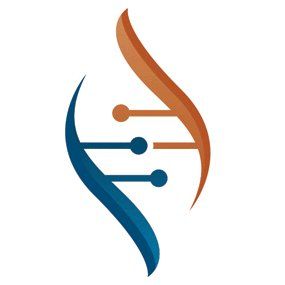AUSTIN, TX – July 15, 2021 – Curtana Pharmaceuticals, a privately-held, preclinical stage biopharmaceutical company, today announced that it has signed an agreement with Catalent to support tablet formulation and manufacturing of Curtana’s CT-179, a drug therapy for the treatment of glioblastoma (GBM), medulloblastoma (MB), and other brain cancers.
CT-179 is a highly potent and selective small molecule inhibitor of OLIG2, a transcription factor that is essential to normal early brain development but is not actively expressed in most normal adult brain cells or in normal tissues outside the brain. However, it is expressed in all diffuse gliomas and it has been shown that OLIG2 drives tumor initiation, tumor growth, invasion into healthy brain tissue, and resistance to chemotherapy and radiation therapy. Studies to-date have demonstrated the viability of CT-179 to markedly prolong survival in numerous, relevant animal models of GBM, MB and other brain cancers. The drug is orally bioavailable, readily crosses the blood-brain barrier, and achieves high concentrations in the brain.
“This is a significant milestone for the company as we move into clinical trials, which are anticipated to commence in the first half of 2022,” said Gregory Stein, M.D., M.B.A. and Chief Executive Officer, Curtana Pharmaceuticals. “GBM is a devastating disease with a poor prognosis and a variety of therapeutic challenges. We are excited to bring this easy-to-use oral therapy with the potential to improve quality of life and prolong survival of patients with GBM and other devastating brain cancers.”
Formulation development and CGMP manufacturing of the clinical trial product will take place at Catalent’s 98,000 square-foot facility in San Diego, CA. This facility offers an array of services that support oral and injectable dosage forms that include preformulation testing, formulation and analytical development, CGMP manufacturing, clinical packaging, labeling, and worldwide distribution.
“Catalent is proud to partner with Curtana in the pursuit of a treatment for brain cancer,” said Bryan Knox, General Manager of Catalent San Diego. “The Catalent team in San Diego is focused on early-stage development of small molecule and peptide drug candidates, from the bench to the clinic, and our expertise in oral delivery makes us an ideal partner for Curtana on the further development of CT-179.”
About CT-179
FDA Orphan Drug designation for the treatment of malignant gliomas, including glioblastoma (GBM), was granted to CT-179 in August 2017. FDA Rare Pediatric Disease Designation for the treatment of medulloblastoma was granted to CT-179 in September 2020. The drug is orally bioavailable, readily crosses the blood-brain barrier, achieves very high concentrations in the brain, and significantly prolongs survival in animal models of brain cancer. CT-179 represents a novel agent which selectively targets OLIG2-expressing brain cancer cells in preclinical studies with great potential as an adjunctive therapy in the treatment of GBM, MB, and other brain cancers. An investigational new drug (IND) application filing is planned for the first half of 2022.
About Curtana Pharmaceuticals
Curtana Pharmaceuticals, founded in 2013, is a privately held, preclinical-stage biopharmaceutical company headquartered in Austin, Texas. Current investors include Thynk Capital, angelMD, Biosense Global, DEFTA Partners, and other anonymous investors. In 2014, the company was awarded a $7.6 million grant from the Cancer Prevention and Research Institute of Texas (CPRIT). Curtana focuses on the development of novel first-in-class, small molecule therapeutics targeting cancer stem cells in the central nervous system for the treatment of glioblastoma, medulloblastoma, and other brain cancers. For more information, visit .
Contact Information
Gregory Stein, M.D., M.B.A.
Chief Executive Officer
gregory.stein@curtanapharma.com







